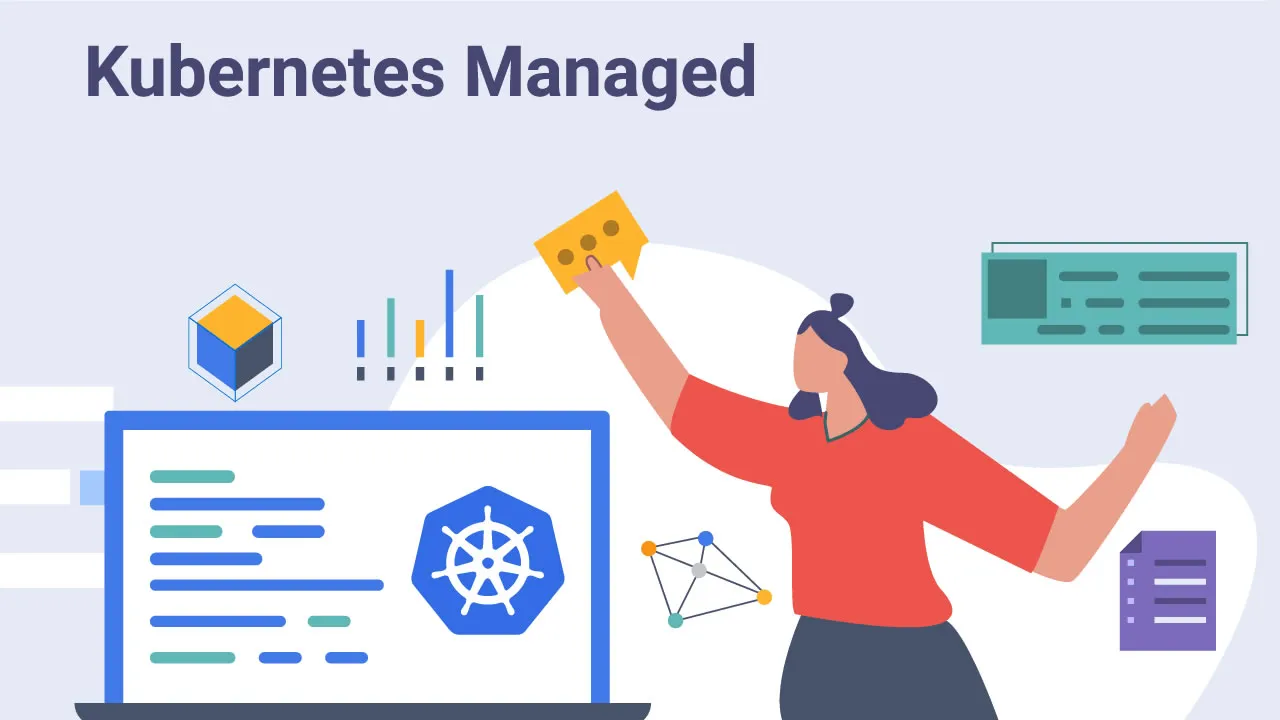Kubernetes is incredibly valuable for DevOps and IT teams because it treats infrastructure as code, delivering full scale automation to both stateful and stateless components of the software stack. If you only use Kubernetes for the applications, you are only tapping a fractional amount of the value. Let’s explore this a little deeper.
Manage Object Storage as Code with MinIO and Kubernetes to Streamline DevOps and IT Operations
Kubernetes is incredibly valuable for DevOps and IT teams because it treats infrastructure as code, delivering full scale automation to both stateful and stateless components of the software stack.
As they say, mileage may vary, and to maximize the value your team derives from running Kubernetes and software-defined infrastructure you need to maximize your ability to treat components as code and orchestrate them. The more you put into Kubernetes, the more value you receive. To max out value, put EVERYTHING in containers, including infrastructure applications, business applications and data.
Applications that run in containers are stateless, but state has to be maintained somewhere. That somewhere is object storage (not legacy block and file) and that object storage needs to run IN the container so Kubernetes can manage the automation of the infrastructure – both stateful and stateless.
A Kubernetes architecture is dynamic, with containers continuously being created and destroyed based on developer specifications and load. Pods and containers self-heal, restart and replicate in this dynamic environment. Legacy block and file persistent storage is a physical entity that can’t be dynamically created, moved and destroyed. The benefits of Kubernetes-based infrastructure orchestration, particularly the benefit of portability, are considerably diminished if the object store is left to bare metal or public cloud storage services.
#kubernetes
